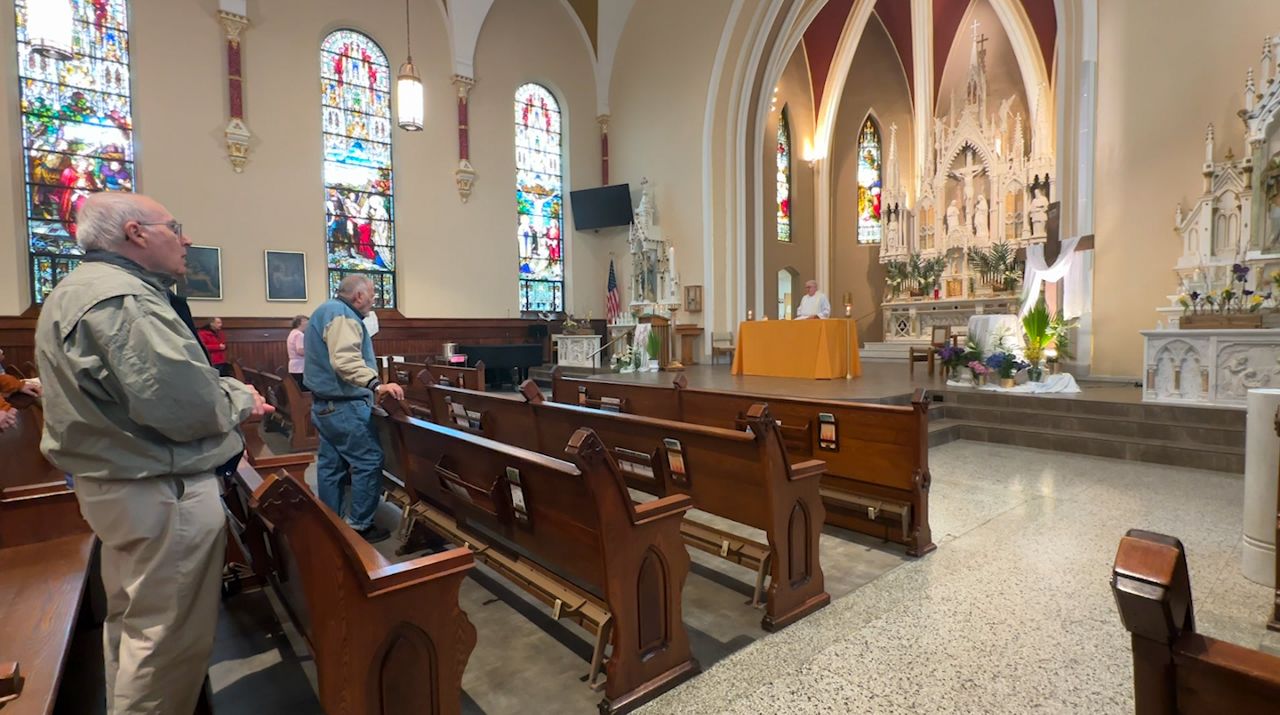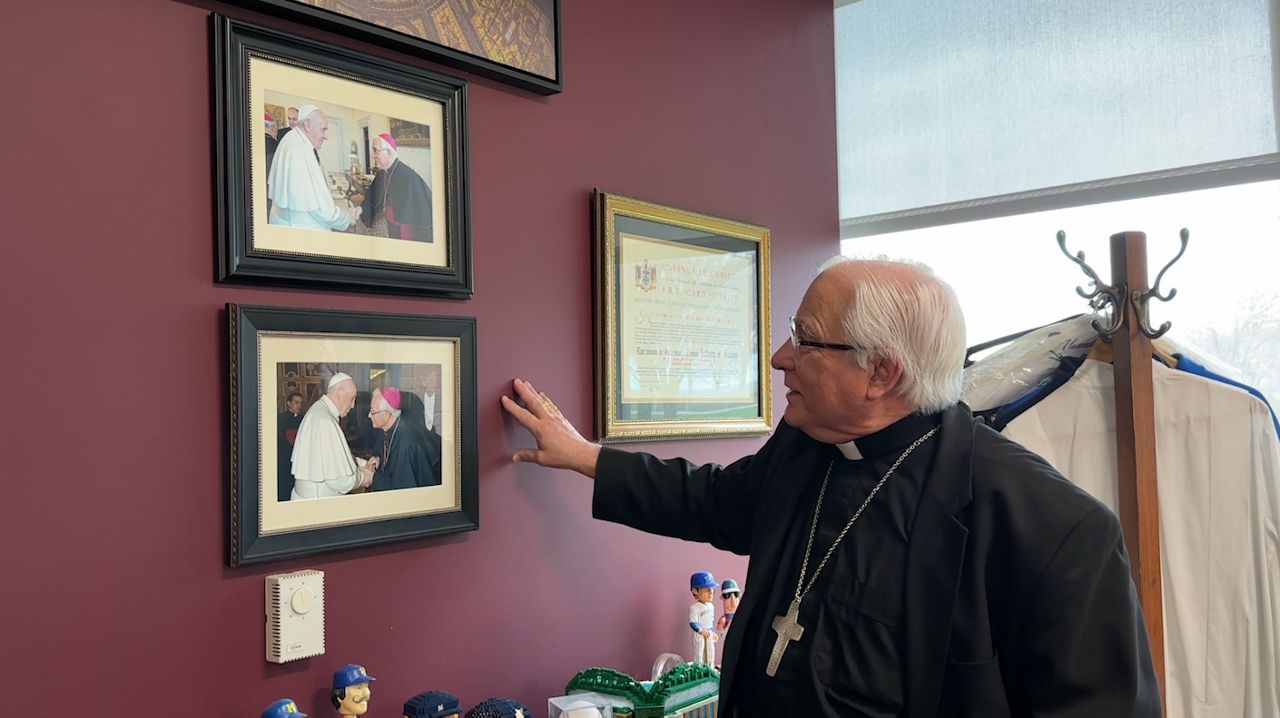OSHKOSH, Wis. — There’s an excitement in Tiffany Travis’ voice as she talks about the Gateway portion of NASA’s Artemis Program.
“With the Artemis program we are going to return to the lunar surface, not just for a little time, but for a long time,” Travis said. “Through Artemis, we are going to create a long-term, sustainable, human presence on the lunar surface.”
She points to a model of the space station that will circle the moon as she describes the program to visitors in the NASA exhibit at EAA AirVenture in Oshkosh this week.
“Exploration is part of the human DNA,” said Travis. “We have been exploring since humanity began and NASA is just an extension of that legacy of explorers.”
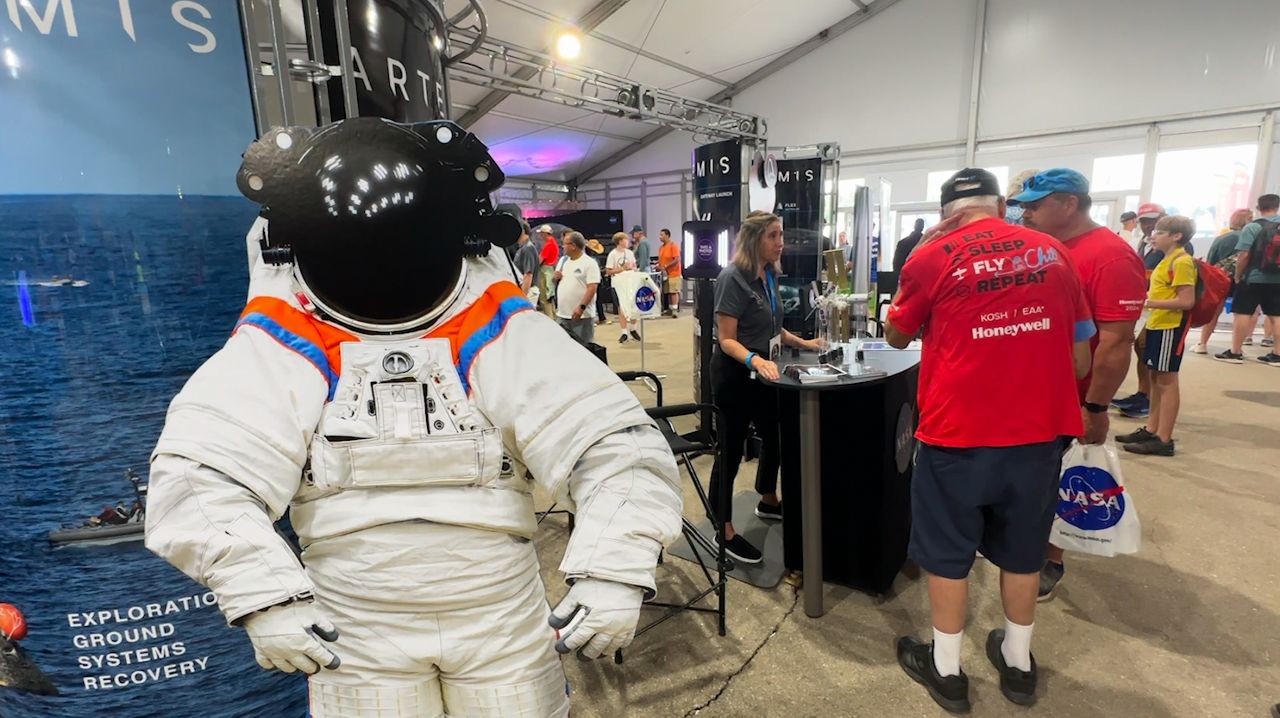
Her job is to talk to the media and the public about the space station and the wider program.
The Artemis program is a multi-phase program being developed and implemented over the next decade. Multiple spacecrafts are being used for the program.
NASA administrator Bill Nelson visited EAA Tuesday.
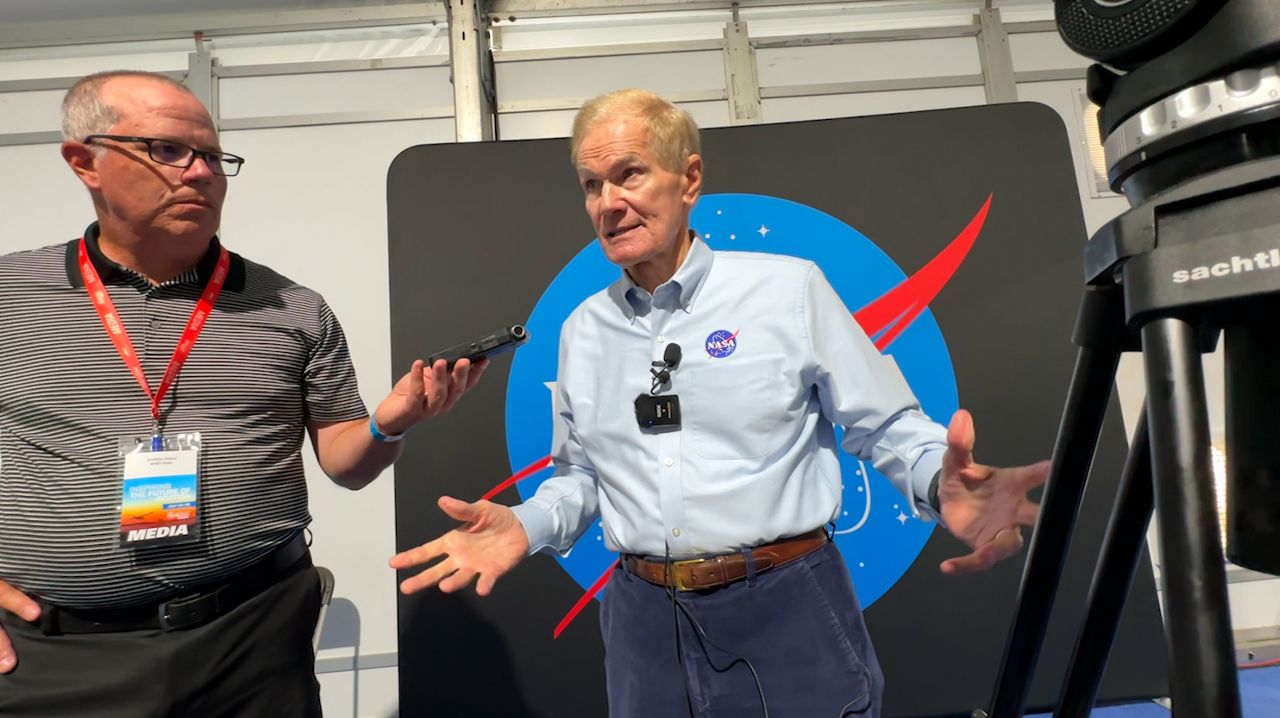
“We’re in a time that I think is the golden age of space exploration,” he said. “The James Webb Space Telescope has been up for two years. Look at the discoveries. We’re finding out something every day that we didn’t know about the universe.”
Earlier this year NASA delayed a planned 2024 launch of astronauts to circle the moon into next year. The agency is also reviewing heat shield issues found after the Artemis I flight in late 2022.
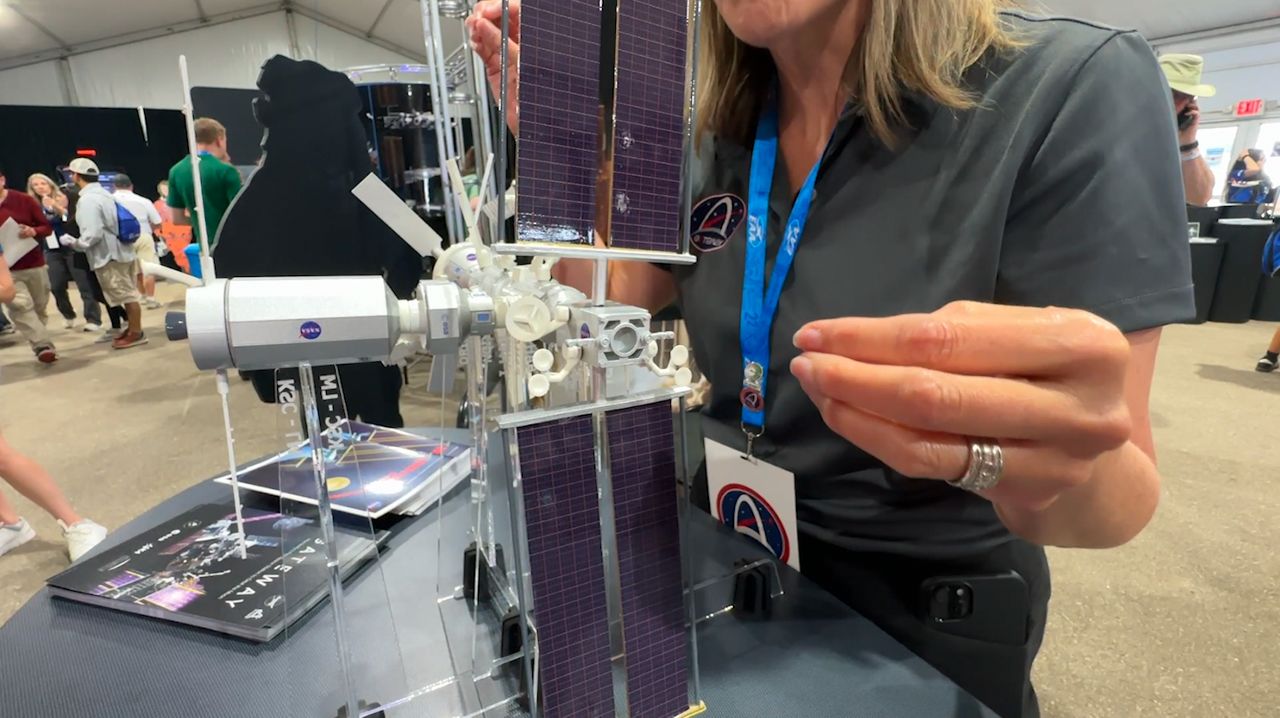
“It performed in a way that was perfectly safe had astronauts been on Artemis I, but there were some different charring than we had expected,” Nelson said. “We know the reason for that now and the engineers and safety people are all doing an evaluation, and we will have that very soon.”
Back at the NASA exhibit, Travis said inspiration is one goal as she chats with people about gateway and the Artemis Program.
“It’s very possible that here, in Oshkosh, I have literally spoken to the person who is actually going to go to Mars for the first time in human history,” she said.








